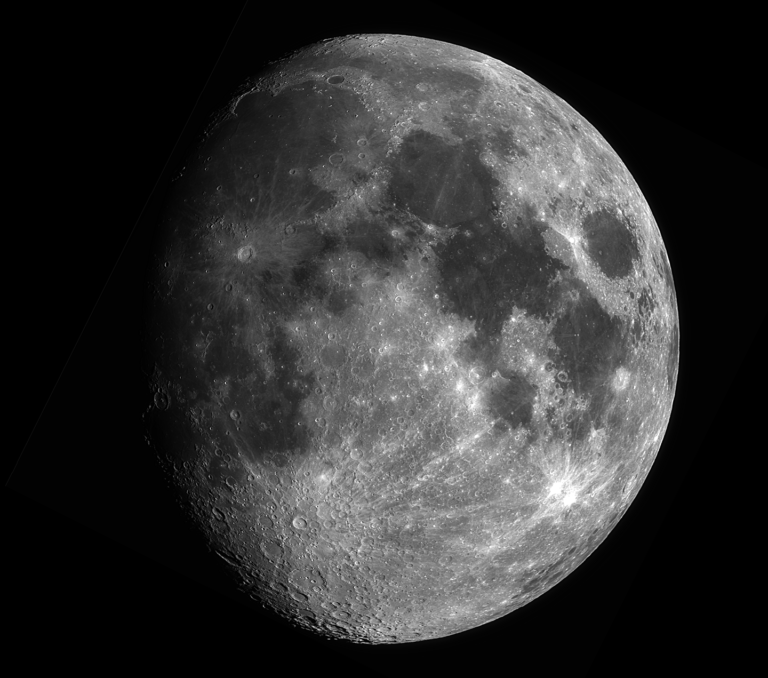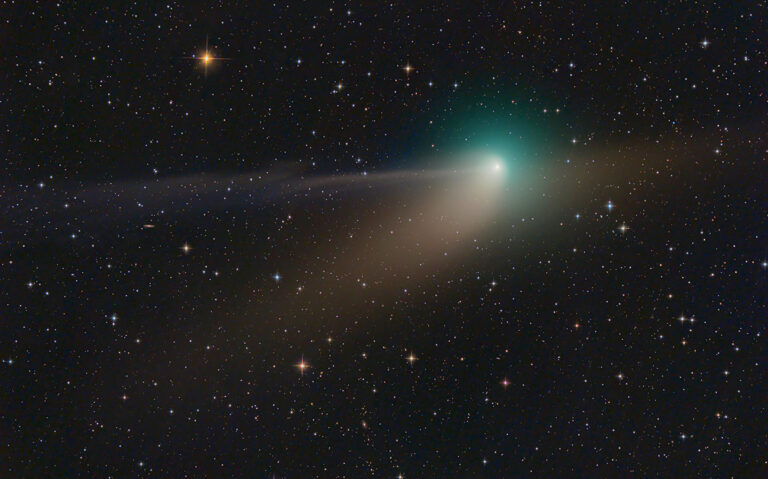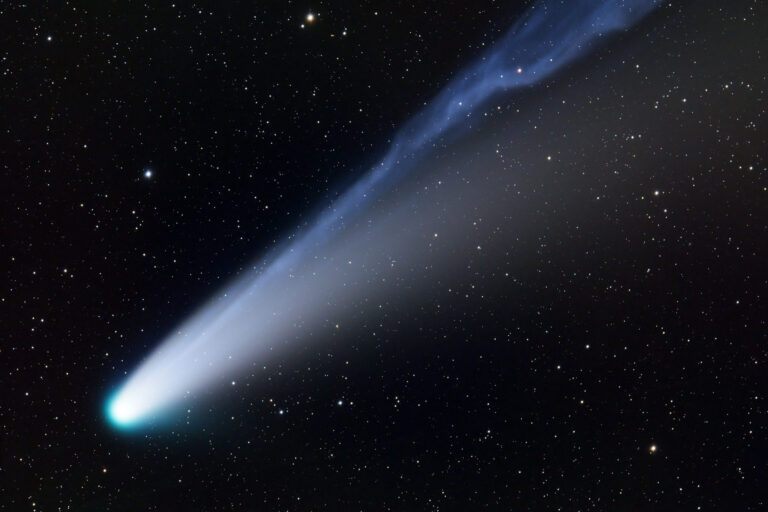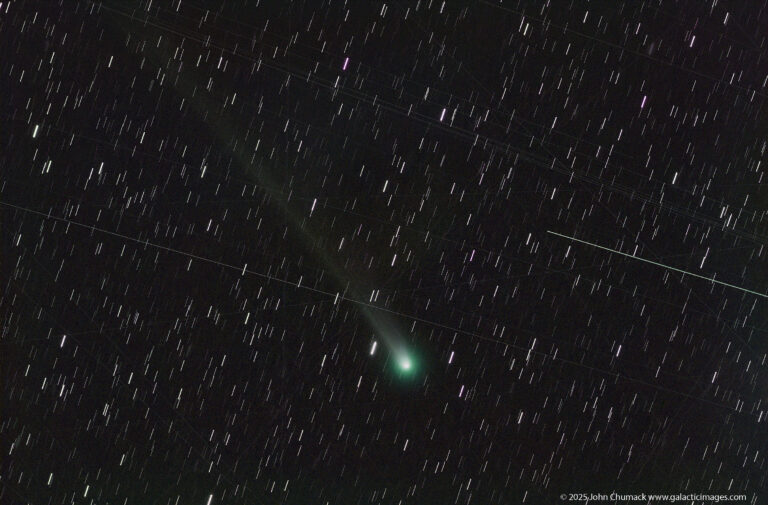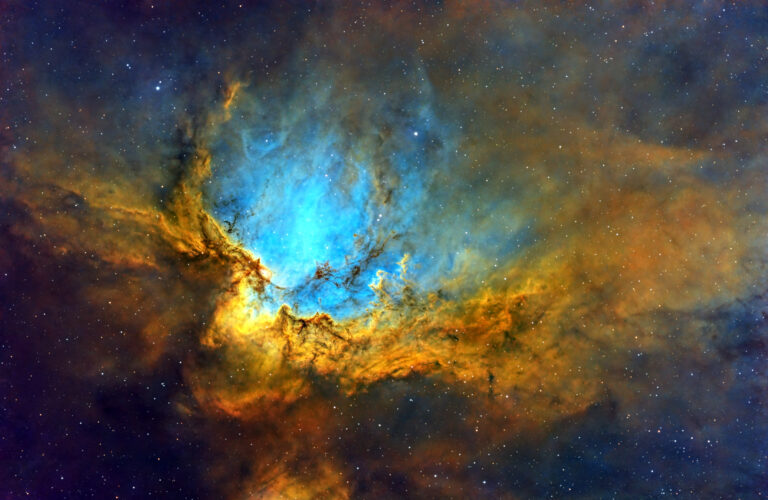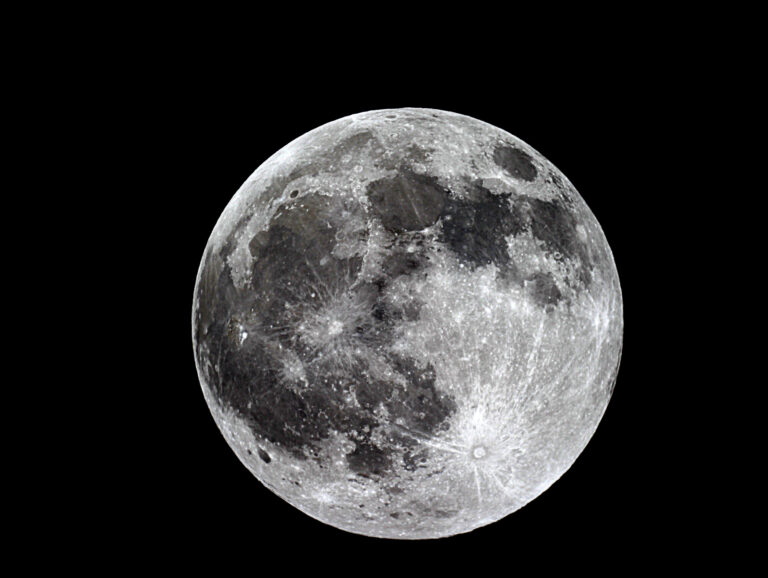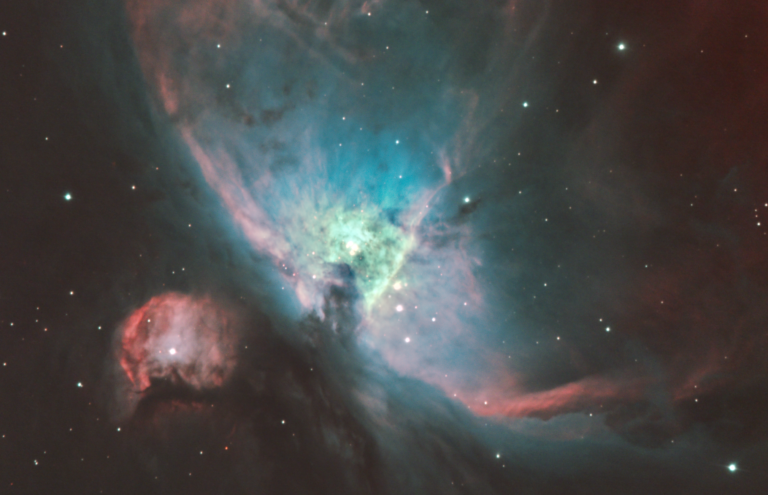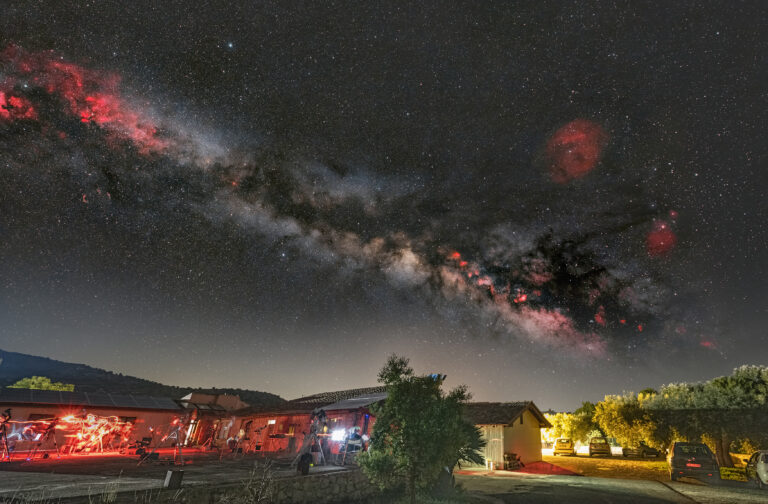Key Takeaways:
As a rule of thumb, large-aperture telescopes and jet-black skies provide the best views for galaxies. But galaxies emit light across the electromagnetic range, so filters (which let only certain wavelengths through) don’t improve their views.
When you set out to sketch a galaxy, you’ll initially see a faint patch set against a field of stars. Be patient. Your eyes will become more sensitive to contrast variations the longer you remain at the eyepiece, especially when using averted vision (looking slightly away from an object to use a more sensitive part of your eye). To preserve your dark adaption (night vision) as you sketch, use a diffuse red light with a dimmer switch set as low as possible.
NGC 3893 and NGC 3896
Within the Ursa Major Group of galaxies lie NGC 3893 and its companion, NGC 3896. This pair provides a wonderful opportunity to record two targets in a single sketch. NGC 3893 is a barred spiral galaxy located 1° northeast of Chi (χ) Ursae Majoris. It’s one of the larger galaxies in this group, spanning 4.5′ by 2.8′ with a surface brightness of magnitude 12.9.
Through an 8-inch telescope, it appears as a diffuse oval stretched north-northwest to south-southeast. The galaxy structure really comes to light through larger scopes and averted vision. It shows a mottled (blotchy or dappled) surface with a bright core, a hint of spiral arms, and a magnitude 12.5 star at its northwest edge.
NGC 6690
For a challenge, swing over to NGC 6690 in Draco. This little 3.8′ by 1.3′ treasure (also known as NGC 6689 because of a catalog error) is a faint edge-on barred spiral galaxy with a surface brightness of magnitude 13.7. It lies 1.5° southeast of magnitude 4.2 Phi (ϕ) Draconis, between a 12th-magnitude star to the north-northeast and a magnitude 12.5 star to the southwest. A 13th-magnitude star stands just off its western edge.
Through a 10-inch scope, it appears faint and elongated to the north-northwest and south-southeast with a brighter center along its axis. It becomes mottled with diffuse ends at the northern and southern tips through a 16-inch telescope at 150x.




